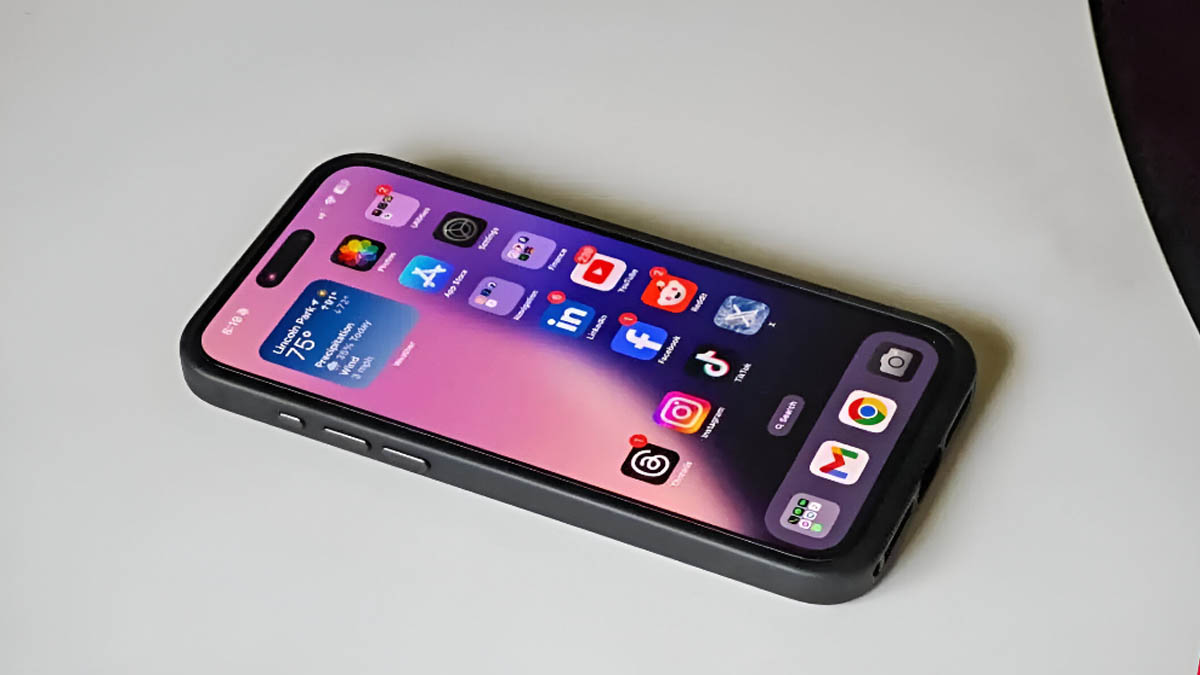Now Reading: Seamless Transitions: iOS 19 Reportedly to Introduce iPhone-to-Android eSIM Transfers
-
01
Seamless Transitions: iOS 19 Reportedly to Introduce iPhone-to-Android eSIM Transfers
Seamless Transitions: iOS 19 Reportedly to Introduce iPhone-to-Android eSIM Transfers

A significant development on the horizon for smartphone users could revolutionize the way we switch between devices, according to recent reports. Apple’s upcoming iOS 19, expected to be unveiled at the Worldwide Developers Conference (WWDC) in June, is rumored to introduce direct iPhone-to-Android eSIM transfer capabilities, a move that would greatly simplify cross-platform device migration.
This highly anticipated feature was reportedly unearthed within the code of Google’s SIM Manager app, specifically in the Android 16 QPR1 Beta 1 update. Mishaal Rahman of Android Authority, known for his deep dives into Android code, discovered strings of text indicating that iOS 19 will support wireless eSIM transfers from iPhones to Android devices.
Currently, transferring an eSIM between devices often involves contacting your carrier, a process that can be cumbersome and time-consuming. While eSIM transfers within the same ecosystem (iPhone to iPhone, or Android to Android) have become increasingly streamlined, cross-platform transfers have remained a significant hurdle. This new development, if confirmed, would be a game-changer for consumers and carriers alike.
The reported implementation suggests that iOS 19 will feature a new “Transfer to Android” section, likely located under Settings > General > Transfer or Reset iPhone. This would mirror the existing “Transfer to iPhone” option, which facilitates seamless eSIM migration between Apple devices.
Sources indicate that the transfer process could involve a combination of wireless transfer and a QR code method for manual initiation, similar to how eSIMs are currently transferred between Android phones. Users might be prompted to scan a QR code on their new Android device, followed by entering a session ID and passcode generated by the iPhone. The code also hints that such transfers would only be possible if the iPhone is running iOS 19 or a later version.
This shift is believed to be driven, at least in part, by demands from mobile carriers. As more and more devices, particularly in markets like the United States, adopt an eSIM-only approach, carriers are keen to reduce the volume of customer support requests related to eSIM transfers when users switch devices or platforms. By enabling direct, user-initiated transfers, both Apple and Google would be empowering consumers and potentially reducing operational overhead for network providers.
The implications for users are substantial. The ability to effortlessly move an eSIM profile from an iPhone to an Android device would eliminate a major point of friction for those considering a switch, making the mobile landscape more flexible and user-friendly. While the current reports focus on iPhone-to-Android transfers, it remains to be seen if the reverse — Android-to-iPhone eSIM transfers — will also be supported.
With WWDC 2025 just around the corner, the tech world eagerly awaits official confirmation from Apple regarding this groundbreaking feature. If implemented as rumored, iOS 19 could mark a significant step towards a more interconnected and less restrictive mobile ecosystem.










